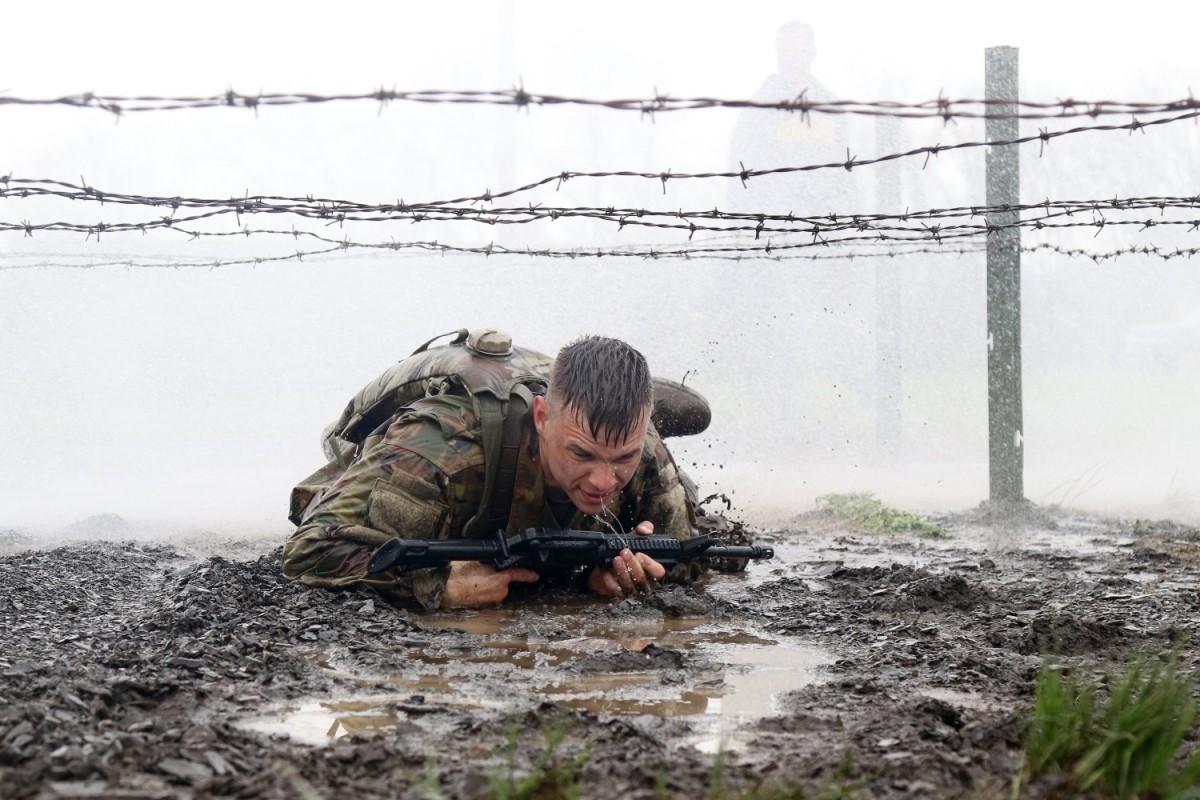Are America’s armed forces sufficient for the threats the nation faces?
The National Defense publication argues that “If Biden’s ‘no-growth’ pattern continues in coming years, [America’s military] will shrink rapidly, according to a recent report by the Center for Strategic and International Studies, ‘U.S. Military Forces in FY 2022 — The Budget and Strategy Overview.’
Biden’s fiscal blueprint called for a decrease in active-duty end strength, from 1,351,000 personnel in 2021 to 1,346,400 in 2022.
The defense budget constitutes about 14% of the federal budget. The U.S. spends about 3.5% of its GDP on defense, compared to 4.1% for Russia.
The key question is whether the Pentagon can adequately deter the growing danger from near-equal adversaries such as China and Russia, and growing threats from nations such as North Korea and Iran. Russia has a larger nuclear force. China has a larger navy.
The Heritage Foundation’s recently released Index of Military Strength reveals serious challenges to America’s national security, and breaks down the problems each branch of the armed forces faces.
The Army needs50 brigade combat teams. It currently has only 42. As a result, the analysis classifies the Army as only “Marginal.” The Army is aging faster than it is modernizing. It remains “weak” in capacity with only 62 percent of the force it should have. Its capability score remains “marginal” given the age of its equipment and the size and maturity of its modernization programs.
The Navy needs 400 battle force ships. It currently has only 296, and that inadequate number may be reduced under current budget restrictions. The Navy’s intensified operational tempo combine to reveal a service that is much too small relative to its tasks. It desperately needs a larger fleet of 400 ships, The service is aging rapidly,making it easier for major competitors to achieve technological parity. It also has made it difficult for the Navy to conduct the training essential to achieving high levels of readiness. The Navy is rated “marginal” on a downward slope to “weak” in readiness.
The Air Force has 1,200 fighter/ground-attack aircraft. The average age of Air Force aircraft is 31 years, and some fleets, such as the B-52 bomber, average 60 years. In addition, KC-135s comprise 78 percent of the Air Force’s 483 tankers and are more than 59 years old on average. In total, the USAF shrunk by 120 planes since 2020. The advanced age of key aircraft in the Air Force’s inventory is driving the service to retire planes faster than they can be replaced. The service also lost ground in readiness compared with the preceding year. A score of “weak” in this area is the result of a shortage of pilots and flying time that implies a lack of effort or focused intent given the general reduction in operational deployments as U.S. actions overseas have ebbed.
The Marine Corps requires 30 battalions. It currently has only 27. In the absence of additional funding in FY 2022, the Corps intends to reduce the number of its battalions even further from 24 to 21, and this reduction, if implemented, would harm the Corps’ overall ability to perform its role. It remains hampered by old equipment and problematic funding.
The Space Force does not have enough assets to track and manage the explosive growth in commercial and competitor-country systems being placed into orbit. The majority of its platforms have exceeded their planned life span, and modernization efforts to replace them are slow and incremental. The force also lacks defensive and offensive counter-space capabilities.
America’s Nuclear Capability is in danger of degradation. Nearly all components of the nuclear enterprise are at a tipping point with respect to replacement or modernization and have no margin left for delays in schedule.
Photo: U.S. Army
